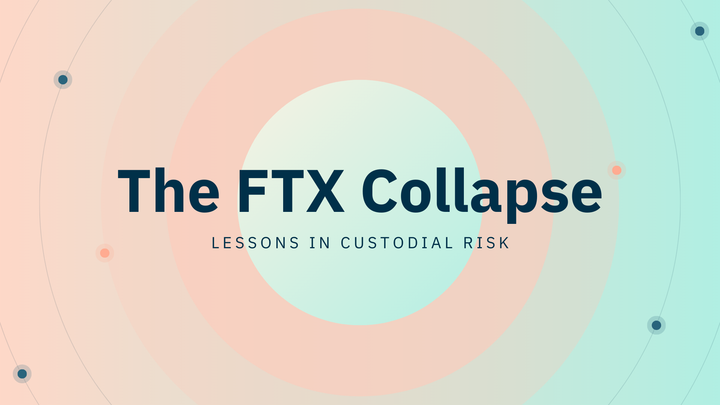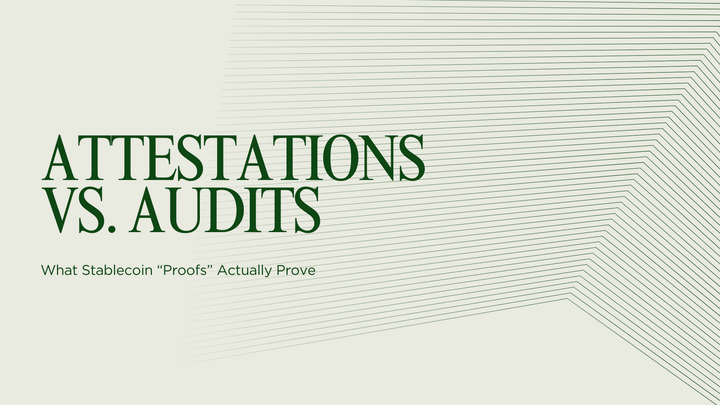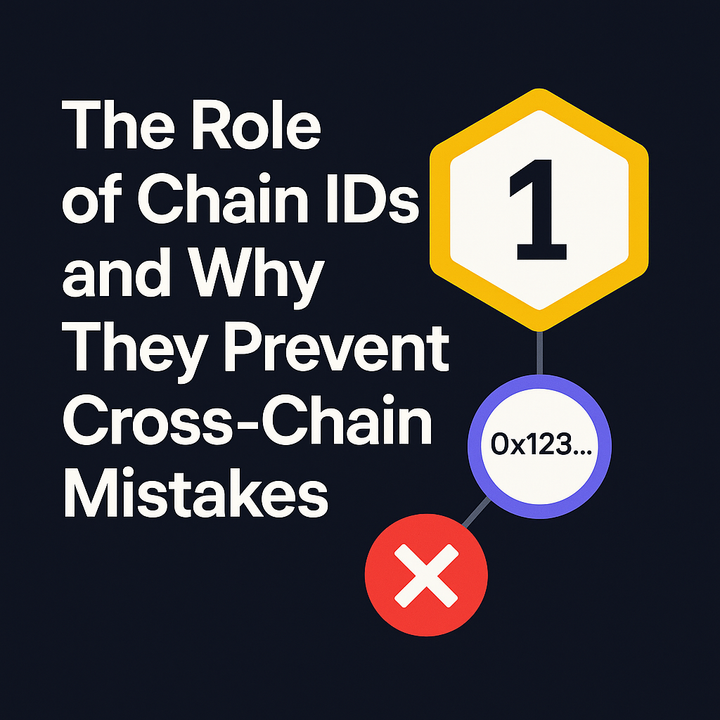Liquidity That Stays: Moving Beyond Mercenary Capital

For years, DeFi protocols relied on mercenary liquidity — capital chasing short-term yield, flowing wherever the incentives are highest.
The result? Volatility, inefficiency, and constant competition for fleeting capital.
Mitosis introduces a structural alternative: Ecosystem Owned Liquidity (EOL) — liquidity that stays, grows, and strengthens the protocol long-term.
What Is Ecosystem Owned Liquidity (EOL)?
EOL refers to liquidity that is fully owned and controlled by the protocol itself, rather than temporary, rent-seeking capital from external actors.
With EOL, liquidity becomes:
- A protocol-owned, productive asset
- Less reliant on unsustainable incentives
- A foundation for reduced volatility
- A shared resource aligned with ecosystem growth
Mitosis embeds EOL directly into its architecture — building sustainable liquidity infrastructure at the base layer.
How Mitosis Implements EOL
Mitosis achieves EOL through several integrated mechanisms:
1. Unified Vault Architecture
Deposits into Mitosis vaults are collectively managed, creating a persistent, protocol-owned liquidity layer that supports cross-chain activity.
2. miAsset System
miAssets (e.g., miETH, miUSDC) provide standardized, mobile liquidity — composable across DeFi, but anchored within the Mitosis ecosystem.
3. Protocol Incentive Alignment
Rewards are designed to encourage long-term participation — not short-term yield-hunting. Liquidity providers benefit from the protocol's growth, not just temporary incentives.
Liquidity Dynamics With and Without EOL

Why EOL Is Critical for DeFi
Fragmented, short-term liquidity weakens protocols. EOL provides:
- Durable, reliable liquidity reserves
- Reduced capital flight during market shifts
- Strengthened network security (through MITO staking)
- More predictable yields for participants
EOL makes DeFi resilient — especially in a modular, multi-chain environment where capital must move efficiently, yet remain anchored to a sustainable foundation.



Comments ()